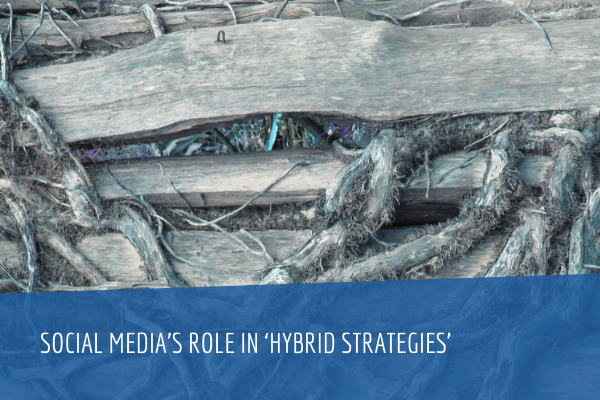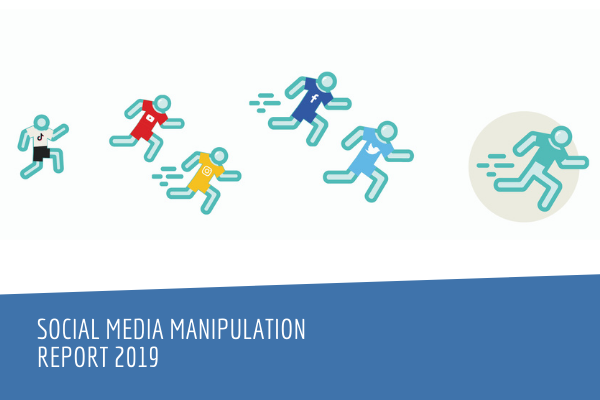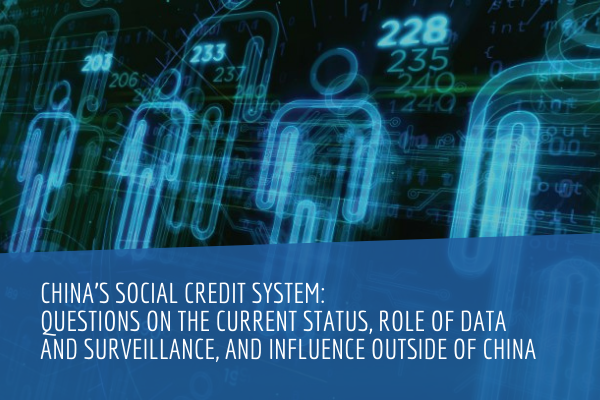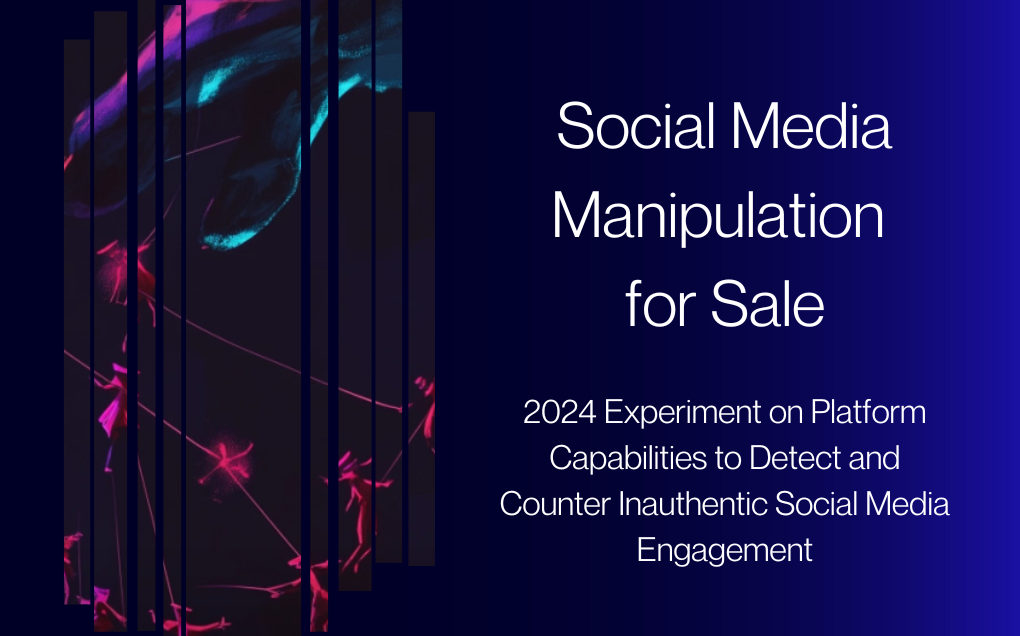About this article
Hybrid Warfare seems to be the new buzz word, like asymmetric conflict and counter-insurgency have been before in connection with Iraq and Afghanistan, when it comes to describing the activities that Russia allegedly carries out in Ukraine, including the annexation of Crimea, and towards the Baltic States, Georgia and Moldova to name a few. There is, however, a difference. Unlike Russia, different non-state actors cannot to the same extent use diplomatic, economic, media, cultural and social activities, coordinated with the actions of special services and Special Forces, in an orchestrated way in order to exert influence. Non-state actors therefore fight in an asymmetric way, but they do not employ ‘hybrid strategies’ – while Russia does. If we are to call it hybrid warfare that is because Russia doesn’t. Russia accuses the ‘West’ of conducting hybrid warfare and information attacks against Russia, not the other way around. Russia, on the other hand wages ‘New Generation Warfare’ or ‘Non-linear Warfare’, but even those terms are not precise, although their purpose is.
The purpose is to create doubts and mistrust towards the western media and the political ‘elite’, slowing down decision-making processes through media and diplomacy, affecting the unity and cohesion of alliances (including attempting to play countries out against each other), covering up real objectives and, not the least, affecting civil society and its perceptions, beliefs and behaviours, in the countries in question.
This is achieved by supporting and facilitating different communication activities, including a variety of activities in the political, cultural, civil society, media and cyber domains. These can cover everything from the creation of front organisations (in the form of for example NGOs and other forms of ‘single-interest’ organisations) to the use of ‘agents of influence’ to so called ‘patriotic hacktivism’. A common denominator that these activities aim at affecting the information environment in and around the targeted countries, public and media discourse and, in turn, political decision-making.
Understanding the information environment, and the role media, in particularly social media, plays in it, also helps one to understand some of the mechanisms, techniques and methodologies brought into play by different actors (state or non-state) in order to affect civil society. This happens in ’peace-time‘ long before actual hostility is recognized as anything other than an element of the ever on-going debate or political discourse in a liberal democracy.
Understanding the techniques brought into play also helps to recognise these kinds of activities, to determine what to do about them and how best to create societal ‘resilience’. Before looking at the role of social media in these kinds of activities, we need to discuss how civil society and its information environment can be influenced both overtly and covertly.






